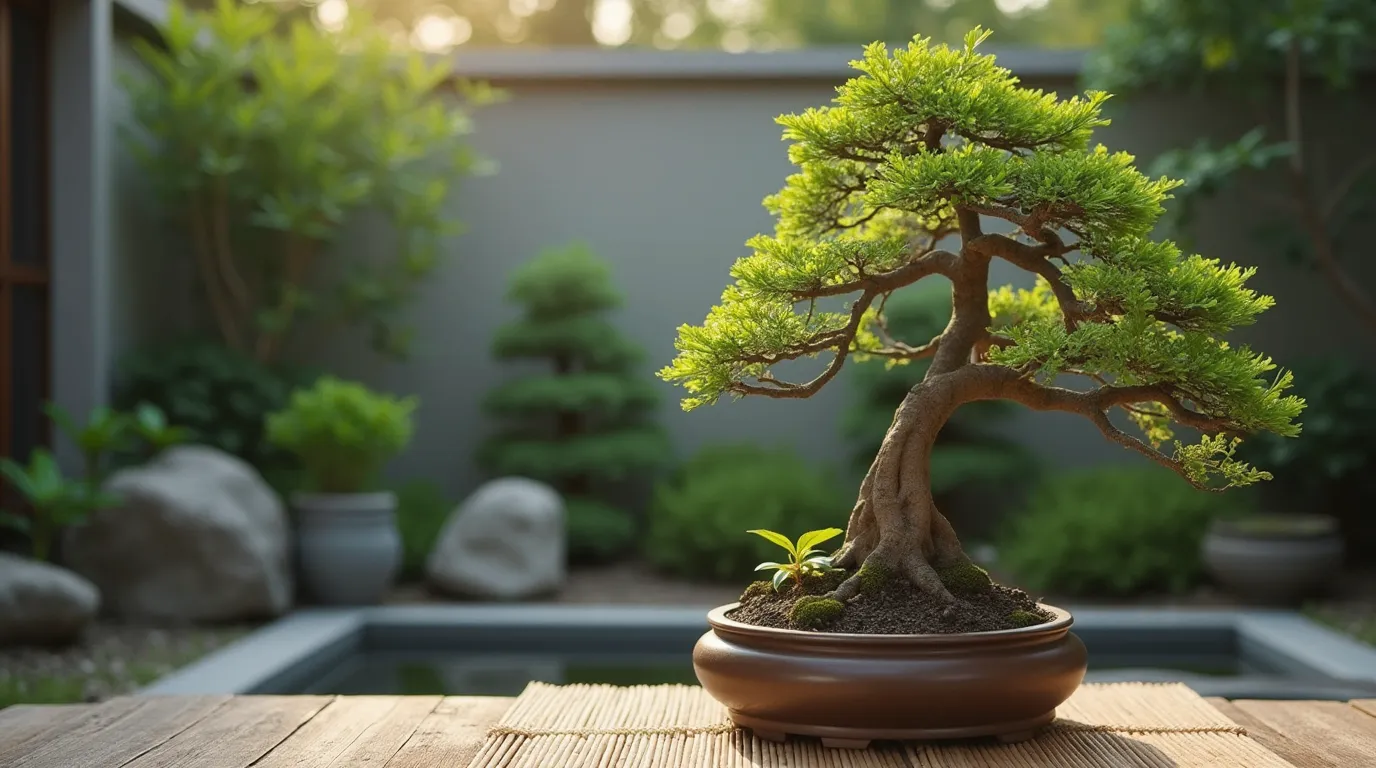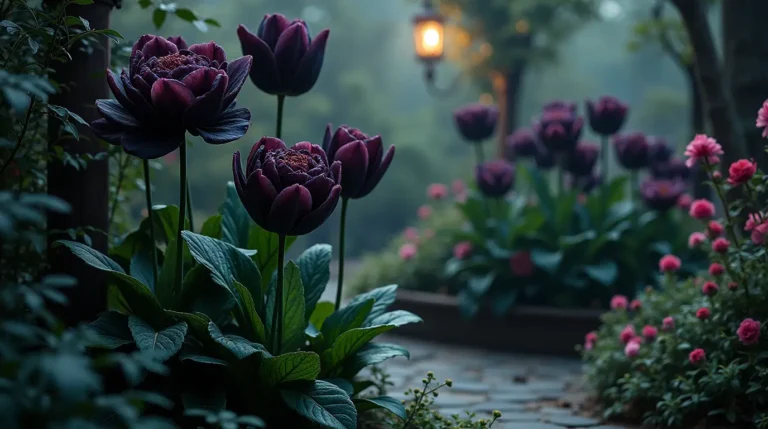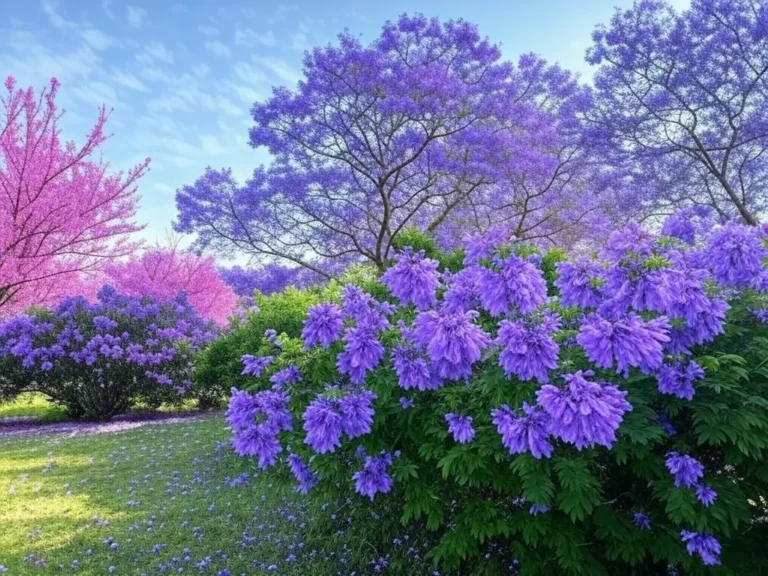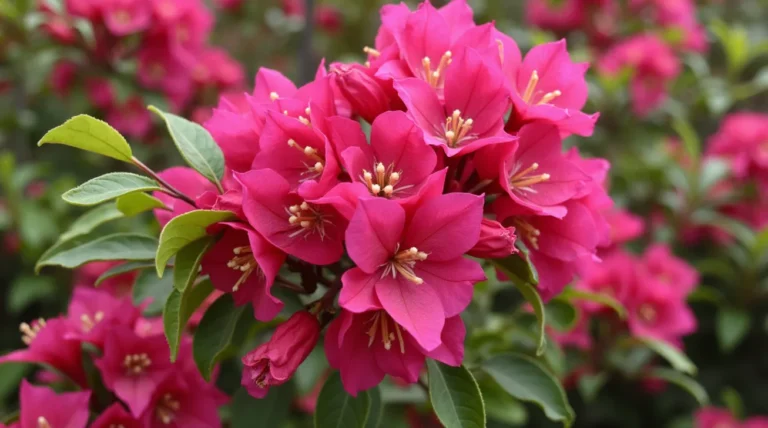Bonsai Tree Beauty: How To Care For Your Little Living Masterpiece
Embarking on the journey of growing a bonsai tree offers a unique blend of art, patience, and horticultural skill. From selecting the right sapling to meticulously shaping and nurturing it, transforming a simple plant into a living masterpiece is both rewarding and meditative. This ancient practice, deeply rooted in tradition, requires careful attention to detail and a deep appreciation for natural beauty. In this guide, we will walk you through the essential stages of creating a bonsai tree, unveiling tips and techniques to help you cultivate your own miniature marvel. Join us as we explore the captivating world of bonsai and discover how to bring this timeless art form into your life.
Understanding Bonsai Basics
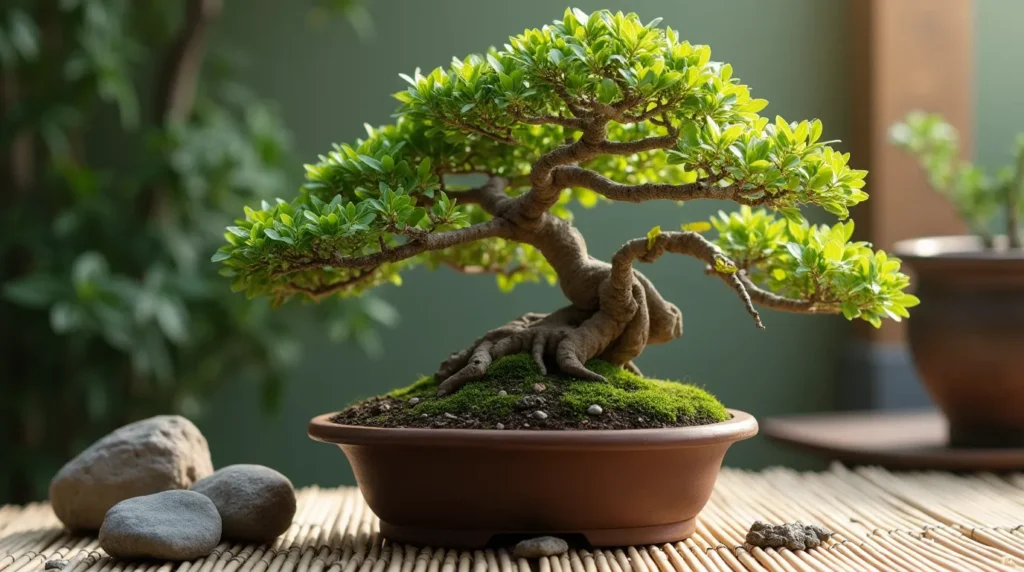
Choosing the Right Sapling
Selecting the right sapling is the first crucial step in your bonsai journey. Ideally, you want to choose a young, healthy plant that has a strong trunk and good root structure. Common choices for beginners include junipers, pines, and maples due to their hardiness and adaptability. When picking a sapling, pay attention to the existing shape and branch distribution, as these will influence your design options. Additionally, consider the climate of your area; some species thrive better in specific conditions. By starting with a robust and well-suited sapling, you lay a solid foundation for successfully shaping and cultivating your bonsai tree.
Essential Tools and Materials
To effectively create and maintain a bonsai tree, you’ll need a set of specialized tools and materials. Essential items include sharp bonsai shears for precise pruning, concave cutters for clean branch removal, and wire cutters for adjusting tree shapes. Additionally, you’ll need bonsai wire in various thicknesses to guide branch growth and a root rake for untangling roots during repotting. A quality bonsai soil mix is crucial for proper drainage and nutrient uptake, while a suitable pot with drainage holes ensures a healthy root system. Investing in these tools and materials not only makes the process more manageable but also enhances your ability to shape and care for your bonsai effectively.
The Art of Pruning
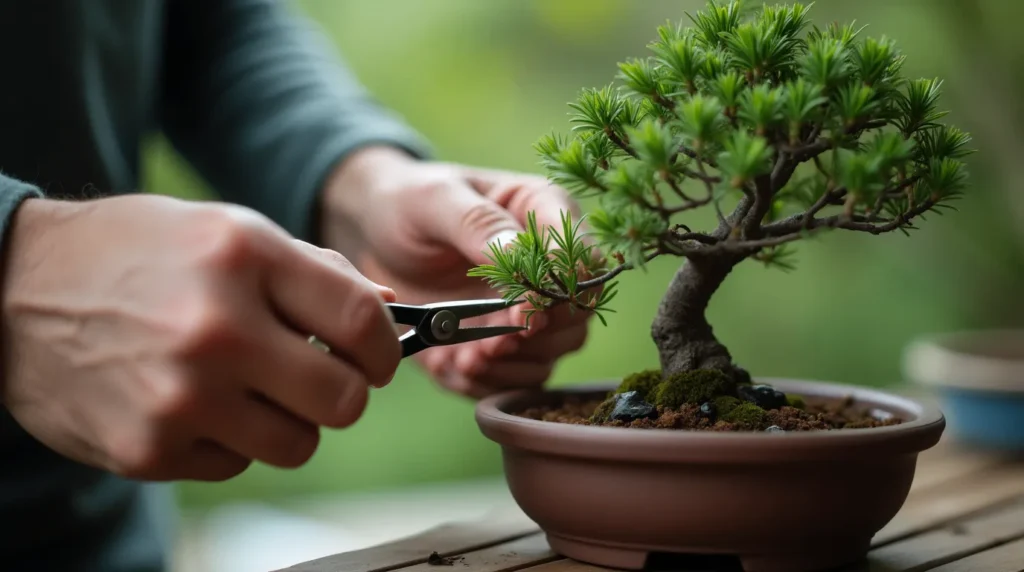
Basic Pruning Techniques
Pruning is a fundamental technique in bonsai cultivation that helps shape your tree and promote healthy growth. Begin by removing any branches that are dead, damaged, or diseased to enhance air circulation and increase sunlight exposure. Next, focus on cutting back long, vigorous shoots to encourage a more compact and balanced structure. Use sharp bonsai shears for clean cuts and avoid leaving stubs, as these can cause dieback. Additionally, thin out crowded areas to allow light to penetrate the inner branches, which helps maintain foliage density. Regular pruning not only refines the shape of your bonsai but also stimulates new growth, ensuring your tree remains vibrant and healthy over time.
Advanced Shaping Methods
Once you have mastered basic pruning, advanced shaping methods can further refine your bonsai’s aesthetics. Wiring is a common technique where you wrap branches with bonsai wire to guide their growth into desired shapes. Avoid wrapping too tightly, as this can harm the bark. Bending and repositioning branches with wire allows for more dynamic and intricate designs. Another advanced method is jin and shari, which involves stripping bark to create the illusion of age and weathering. These techniques add character and a sense of maturity to your bonsai. Combining these methods with regular maintenance ensures your bonsai evolves into a true living masterpiece, showcasing both your skill and creativity.
Long-Term Care and Maintenance

Watering and Feeding
Proper watering and feeding are vital for the long-term health of your bonsai tree. Bonsai soil dries out quickly, so regular watering is essential. Water the tree thoroughly until water drains out of the bottom of the pot, ensuring that the entire root system is hydrated. Frequency depends on the species and environmental conditions but check soil moisture daily. Overwatering may cause root rot, so finding the right balance is essential. Feeding your bonsai with a balanced fertilizer provides the necessary nutrients for growth. Use a diluted liquid fertilizer during the growing season, typically from spring to fall. Reduce feeding during winter when the tree’s growth slows. Consistent watering and feeding practices will keep your bonsai vibrant and thriving over the years.
Repotting and Root Care
Repotting is essential for maintaining your bonsai tree’s health and promoting vigorous growth. Typically, bonsai trees should be repotted every two to five years, depending on the species and growth rate. The ideal time to repot is in early spring while the tree is still dormant. Begin by carefully removing the tree from its pot and gently untangling the roots using a root rake. Trim back about one-third of the root mass to make room for new growth. Replace old soil with a fresh bonsai soil mix that offers good drainage and aeration. When repotting, ensure the tree is positioned securely in its new pot and water it thoroughly to help settle the soil. Regular root care and repotting will prevent root-bound conditions and ensure your bonsai remains healthy and thriving.

